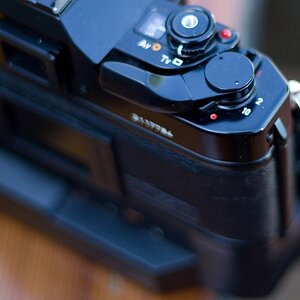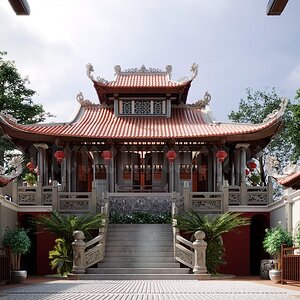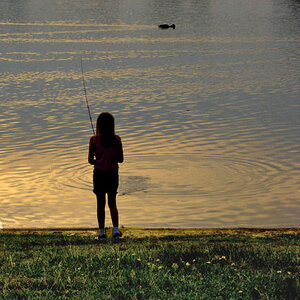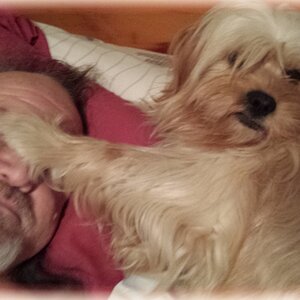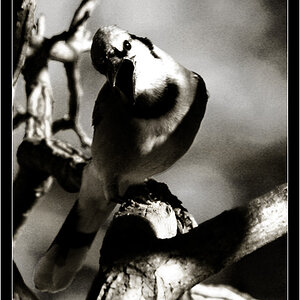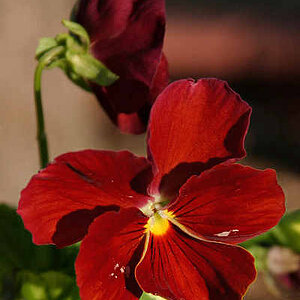ksmattfish
Now 100% DC - not as cool as I once was, but still
- Joined
- Aug 25, 2003
- Messages
- 7,019
- Reaction score
- 36
- Location
- Lawrence, KS
- Website
- www.henrypeach.com
- Can others edit my Photos
- Photos NOT OK to edit
Such as lots of white jerseys, then lots of black jeysers... One second white jerseys fill the frame (quarterback throwing the ball) then you zoom down field at black jeyseys filling the frame...
Yeah, I never run into anything like that at weddings.
Don't forget to set flash exposure compensation, it works the same way.
Check out that Fred Parker link I posted above. It probably explains exposure better than me.


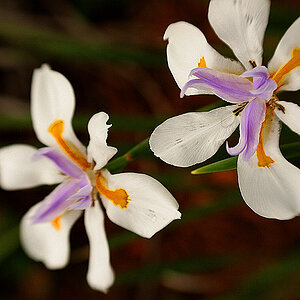
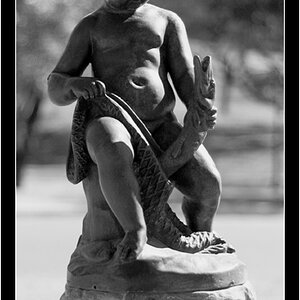
![[No title]](/data/xfmg/thumbnail/32/32007-77c44b6b6edb5db977381096a2ffe54b.jpg?1619735151)
